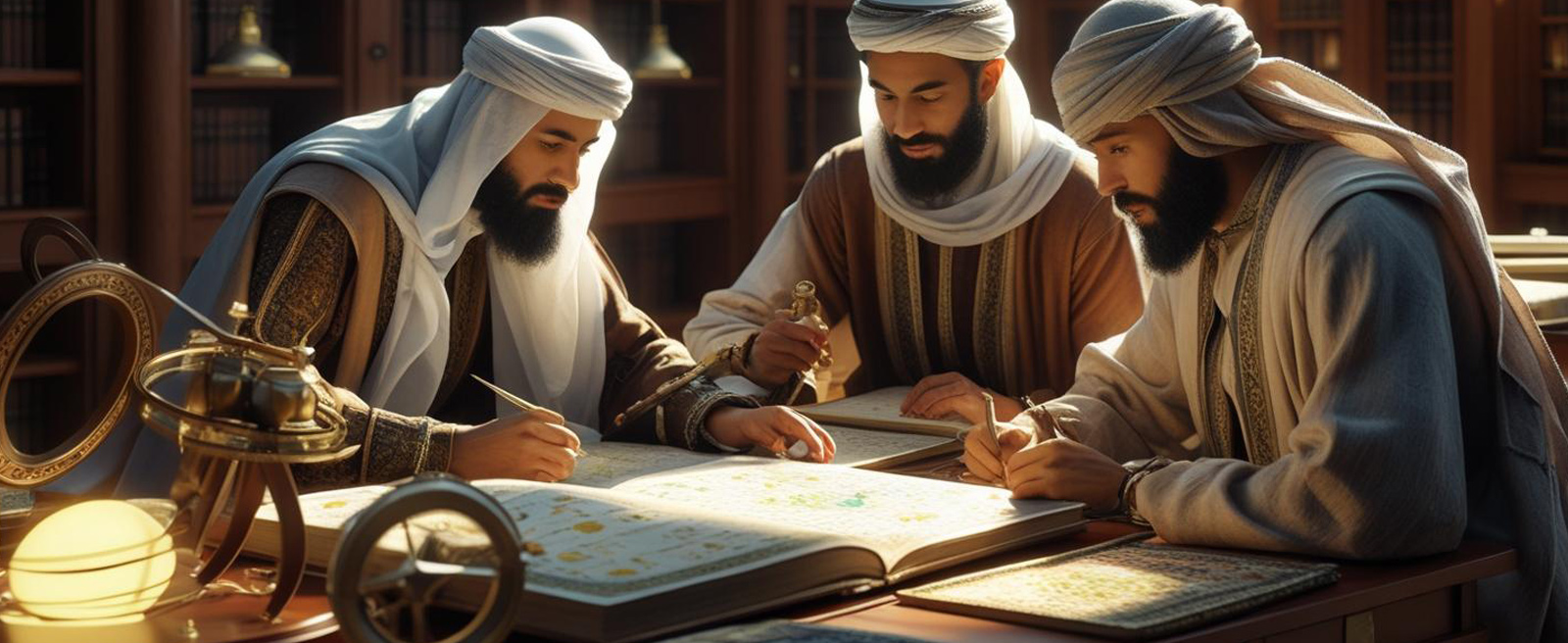The Islamic Golden Age, spanning from the 8th to the 14th centuries, was a remarkable period of cultural, scientific, and intellectual flourishing in the Muslim world. Imagine living in a time when the streets of Baghdad buzzed with scholars, philosophers, and scientists, all contributing to a vibrant tapestry of knowledge. This era marked a golden opportunity for innovations and discoveries that laid the foundations for modern fields like mathematics, medicine, and astronomy. Some key highlights of this age include:
- Prominent Cities: Major centers of learning such as Baghdad, Cordoba, and Cairo.
- Cultural Exchange: A melting pot of different cultures, languages, and ideas.
- Literary Works: Preservation and translation of ancient texts, which contributed to global knowledge.
Understand the Contributions of Muslim Scientists
Muslim scientists were at the forefront of this intellectual movement, making groundbreaking contributions that continue to influence the world today. Take, for instance, the introduction of algebra and advancements in optics and medicine. Their work not only advanced their own societies but also served as a bridge to the European Renaissance. Here are a few prominent contributors:
- Al-Khwarizmi: Often considered the father of algebra.
- Ibn Sina: A pioneer in medicine and philosophy.
- Al-Biruni: An expert in astronomy and anthropology.
These figures exemplify the spirit of innovation and research that characterized the Islamic Golden Age, reminding us of the enduring impact of their discoveries.
Al-Khwarizmi: The Father of Algebra
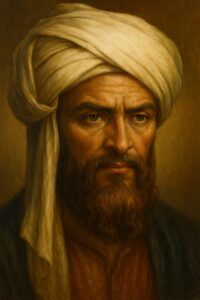
Learn about Al-Khwarizmi’s Life and Work
Moving forward in our exploration of the Islamic Golden Age, we meet one of its brightest stars: Al-Khwarizmi. Born around 780 AD in Persia, he became a prominent scholar in Baghdad’s House of Wisdom. His name is often translated to mean “the man from Khwarizm,” reflecting both his origins and his lasting legacy. Al-Khwarizmi authored several influential texts, but his most important work, “Al-Kitab al-Mukhtasar fi Hisab al-Jabr wal-Muqabala,” introduced the world to algebra—a term derived from “al-jabr,” one of the operations he discussed. Some fascinating facts about Al-Khwarizmi:
- Innovations: He developed systematic rules for solving linear and quadratic equations.
- Translations: His works were translated into Latin, influencing European mathematics for centuries.
Discover Al-Khwarizmi’s Influence on Mathematics
Al-Khwarizmi’s contributions revolutionized mathematics, laying the groundwork for what would eventually evolve into modern algebra. His approach to problem-solving involved logical steps, which encouraged students to think critically. Consider these ways Al-Khwarizmi influenced mathematics:
- Introduction of Terms: He introduced terms such as “algebra” and “algorithm.”
- Cultural Impact: His texts set standards for scholars across the globe.
His innovative ideas not only shaped mathematical thought in the Muslim world but also paved the way for future generations, impacting everything from engineering to economics. Al-Khwarizmi’s work continues to resonate today, making him a true pillar of mathematical history.
Ibn Sina: The Persian Polymath

Explore Ibn Sina’s Multifaceted Contributions
Continuing our journey through the Islamic Golden Age, we encounter Ibn Sina, widely known in the West as Avicenna. Born in 980 AD in Persia, he emerged as a remarkable polymath, making significant contributions to a plethora of fields, including medicine, philosophy, and the sciences. Many students today rely on his foundational concepts in their studies, even if they don’t realize it! His most famous work, “The Canon of Medicine,” served as a medical textbook for centuries and presented a systematic approach to diagnosing and treating various ailments. Some key highlights of Ibn Sina’s career include:
- Philosophy: He integrated Aristotelian philosophy with Islamic thought.
- Scientific Method: He emphasized the importance of observation and experimentation.
Understand Ibn Sina’s Impact on Medicine and Philosophy
Ibn Sina’s influence is most notably felt in the fields of medicine and philosophy. His medical treatise established principles still relevant in modern healthcare, including:
- Diagnosis Techniques: He was among the first to employ a clinical examination.
- Holistic Approach: He advocated treating the mind and body together.
In philosophy, his writings bridged Greek and Islamic thought, significantly influencing later scholars, including Thomas Aquinas. By exploring Ibn Sina’s work, students and professionals alike can appreciate his role in shaping both ancient and modern practices, underscoring the enduring legacy of this brilliant mind.
Al-Biruni: The Master of Indologist
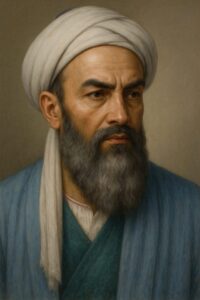
Learn about Al-Biruni’s Extensive Studies
Transitioning from the achievements of Ibn Sina, we now turn our attention to another towering figure of the Islamic Golden Age: Al-Biruni. Born in 973 AD, Al-Biruni was not just a scholar but an explorer of knowledge. His insatiable curiosity led him to study various subjects, including mathematics, astronomy, geography, and anthropology. Remarkably, he traveled to India where he engaged with local scholars and immersed himself in their philosophies and traditions. Here are a few highlights of Al-Biruni’s extensive studies:
- Linguistics: He learned Sanskrit to better understand Indian texts.
- Cultural Insights: His observations about Indian society are documented in the seminal work “Tahqiq ma li’l-Hind.”
Discover Al-Biruni’s Achievements in Astronomy and Anthropology
Al-Biruni’s contributions to astronomy and anthropology are particularly noteworthy. He was one of the first to measure the Earth’s radius accurately and developed sophisticated techniques to study celestial bodies. His achievements include:
- Astronomical Tables: He created accurate astronomical tables that were used for centuries.
- Anthropology: He analyzed social customs and religious practices, emphasizing cultural respect and understanding.
Al-Biruni’s works not only advanced science but also promoted cross-cultural appreciation, reminding us of the importance of learning from one another. His legacy encourages ongoing exploration in both scientific inquiry and cultural studies, inspiring curious minds today.
Alhazen: The Pioneer of Optics
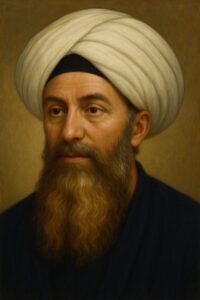
Understand Alhazen’s Influence on Optics
Continuing our exploration of brilliant minds from the Islamic Golden Age, we now meet Alhazen, also known as Ibn al-Haytham. Born in 965 AD, Alhazen is celebrated as the pioneer of optics, a field that remains crucial in our understanding of how light interacts with the world. His foundational work, “Book of Optics,” transformed the way we view light, vision, and perception. Alhazen’s influence can be highlighted through several key concepts:
- Light and Vision: He proposed that light travels in straight lines and is necessary for sight.
- Camera Obscura: His experiments laid the groundwork for the development of the camera, illustrating how light can project an image.
Explore Alhazen’s Experiments and Discoveries
Ibn al-Haytham (Alhazen) was not just a theorist; he was a meticulous experimenter. His innovative approach included using trials and observations to formulate his ideas, which is very much in line with today’s scientific method. Some notable experiments and discoveries include:
- Refraction of Light: He explored how light bends when it passes through different mediums, aiding in the understanding of lenses.
- Behavior of Light: Alhazen conducted experiments on reflection and shadows that revealed the principles of visual perception.
These contributions had a profound impact, influencing both Islamic scholars and later European thinkers. Alhazen’s legacy serves as a reminder of the importance of curiosity and experimentation in the pursuit of knowledge, inspiring us to explore and understand the world around us.
Jabir ibn Hayyan: The Father of Chemistry

Discover Jabir ibn Hayyan’s Innovations in Chemistry
As we continue our journey through the extraordinary figures of the Islamic Golden Age, we encounter Jabir ibn Hayyan, often referred to as the “Father of Chemistry.” Born around 721 AD in Persia, Jabir was a true innovator whose work laid the foundation for modern chemistry. His approach combined philosophical thought with rigorous experimentation, setting the stage for future scientists. Jabir’s key innovations include:
- Experimentation: He emphasized the importance of experiments in producing reliable results, moving chemistry from alchemy to a more scientific discipline.
- New Substances: Jabir is credited with discovering several acids, including hydrochloric acid and nitric acid, significantly advancing chemical knowledge.
Learn about Jabir’s Alchemical Works and Contributions
Jabir’s alchemical works are both expansive and influential. His major text, “Kitab al-Kimya,” compiled various techniques and theories, providing a comprehensive guide for future generations. Some notable contributions of Jabir include:
- Philosophy of Alchemy: He introduced a systematic approach to alchemy, emphasizing the transformation of substances.
- Instruments and Techniques: Jabir invented new tools and processes like the distillation apparatus, which are still utilized in laboratories today.
Jabir ibn Hayyan’s lasting impact on the field of chemistry highlights the power of inquiry and creativity, inspiring ongoing exploration in science. His work reminds us that every great discovery builds upon the efforts of those who came before, energizing our pursuit of knowledge.
Al-Idrisi: The Cartographer and Geographer
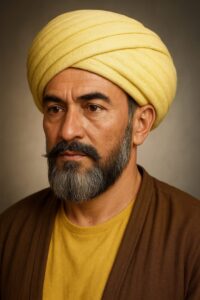
Explore Al-Idrisi’s Mapping and Geographic Works
As we delve into the contributions of extraordinary scholars from the Islamic Golden Age, we now meet Al-Idrisi, a prominent cartographer and geographer born in 1100 AD in Ceuta, in present-day Spain. Al-Idrisi is best known for creating one of the most advanced world maps of his time, known as the “Tabula Rogeriana.” This work was commissioned by the Norman King Roger II of Sicily and remains a remarkable achievement in the history of geography. Al-Idrisi’s key contributions include:
- Detailed Maps: He created a world map that included detailed drawings and annotations of various regions.
- Geographic Texts: His work combined the geographic knowledge of the Greeks and Romans with exploration reports from travelers across the Islamic world.
Understand Al-Idrisi’s Impact on Cartography and Geography
Al-Idrisi’s influence on cartography and geography is profound, reshaping how the world was represented and understood. Key impacts include:
- Innovative Projections: His maps used accurate projections that significantly improved navigation.
- Cultural Exchange: Al-Idrisi’s work facilitated cultural exchanges between East and West by providing valuable insights into different regions.
The work of Al-Idrisi exemplifies how meticulous observation and documentation can enhance humanity’s understanding of the world. His contributions remind us of the importance of accurate representation and collaborative learning in the field of geography, inspiring future generations of explorers and scholars alike.
Conclusion: Legacy of Muslim Scientists
Reflect on the Enduring Legacy of Islamic Golden Age Scientists
As we conclude our exploration of the remarkable figures from the Islamic Golden Age, it’s impossible to overlook the enduring legacy they have left on the world. From scholars like Al-Khwarizmi, who pioneered algebra, to Alhazen, the father of optics, each contributed to a rich tapestry of knowledge that has shaped multiple fields. Their efforts to preserve, innovate, and expand upon ancient knowledge laid the groundwork for the Renaissance and continue to resonate today. Key reflections on this legacy include:
- Foundational Knowledge: Many scientific disciplines owe their roots to these scholars.
- Cultural Respect: Their approach embraced various cultures and ideas, fostering global collaboration.
Acknowledge the Ongoing Influence of Muslim Scholars
The influence of Muslim scholars is not just historical; it resonates in modern science, technology, and philosophy. Consider these ongoing impacts:
- Innovation in Education: Many principles taught today in STEM fields (Science, Technology, Engineering, and Mathematics) trace back to these early thinkers.
- Cross-Cultural Dialogue: The spirit of inquiry and collaboration promoted by these scholars remains crucial in today’s globalized world.
In acknowledging their contributions, we illuminate not just a pivotal era in history, but also the continuous journey of discovery that connects us all. The legacy of Muslim scientists inspires future generations to dare to explore, question, and innovate.


